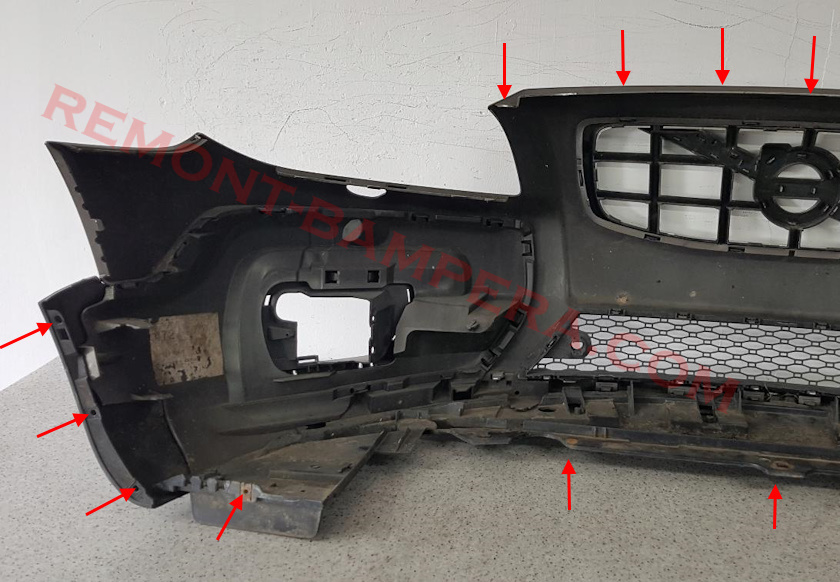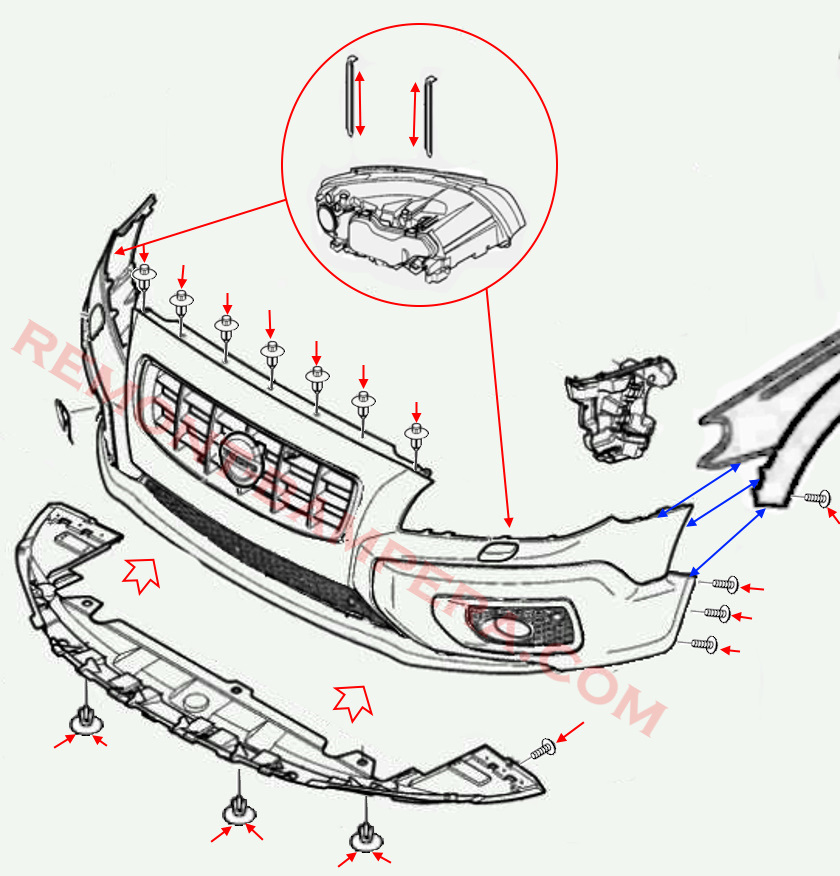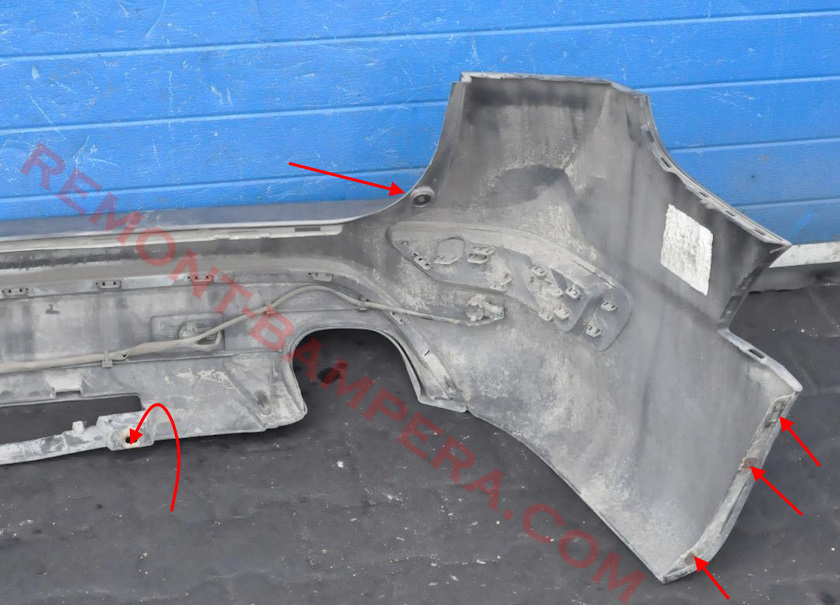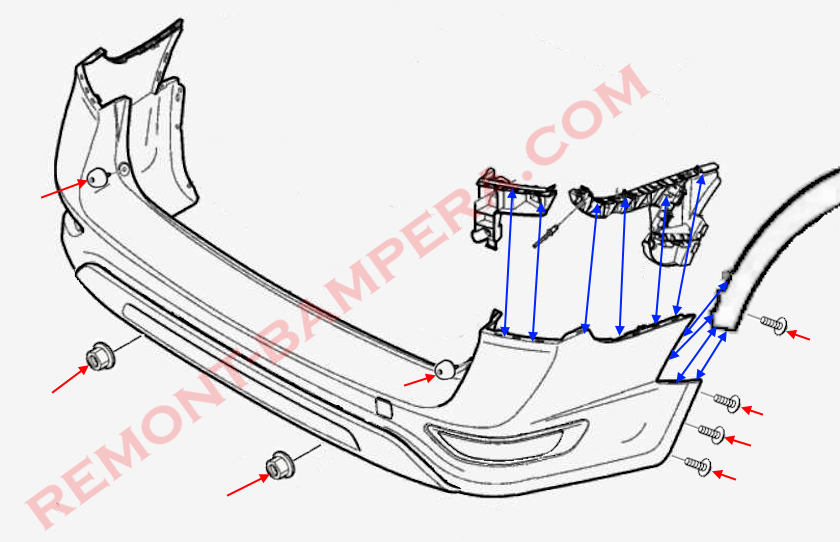Volvo XC70 II
If you appreciate cars that combine practicality, comfort, and light off-road capability, the second-generation Volvo XC70 is an excellent candidate. This isn't just a station wagon - it's a true crossover before crossovers became mainstream. Let's explore what makes this model special, how it changed after the facelift, and some interesting facts about it.
2013 Facelift: Evolution Rather Than Revolution
In 2007, Volvo introduced the second-generation XC70 (chassis code P26), built on the EUCD platform shared with the Volvo S80 and Ford Mondeo. By 2013, the model received subtle updates.
The visual changes included:
- A new, more massive radiator grille with a larger Volvo logo
- Redesigned bumpers with more aggressive styling and pronounced plastic cladding emphasizing its off-road character
- LED daytime running lights (in top trim levels)
- Updated instrument panel and multimedia system with improved navigation
Technical changes were minimal: slight suspension tweaks for better handling, plus new options like adaptive cruise control and blind spot monitoring.
Bumper Plastic Composition (may vary):
Polypropylene plus ethylene-propylene-diene terpolymer copolymer with 20% mineral filler. Marked >PP+EPDM-T20<
Front Bumper Removal
- Open the hood.
- Remove two retaining strips on each side by pulling upward and remove headlights (they detach very easily).
- Remove seven push pins (inserted top to bottom - press the center pin, then remove entire fastener) securing the upper bumper section.
- Underneath, remove three push pins (squeeze two internal tabs, then remove fastener).
- Turn wheels inward toward wheel arches.
- (Both sides) In wheel well, remove four screws securing fender liners and one securing wheel arch extension.
- Release sides from clips in fenders and wheel arch extensions (pry and pull toward you).
- Release clips beneath headlights.
- With an assistant, remove bumper by pulling forward (mind wires and hoses).
- Disconnect fog light and sensor connectors (if equipped).
- For headlight washer nozzles, disconnect main hose from pump (fluid will drain).


Rear Bumper Removal
- Open tailgate.
- In cargo area, remove two damper struts.
- Under vehicle, remove two plastic nuts.
- (Both sides) In wheel well, remove three fender liner screws and one wheel arch extension screw.
- (Both sides) Free edge of wheel arch extension (no need for full removal).
- (Both sides) Release side from clips in quarter panel and wheel arch extension (pry and pull).
- Release clips beneath taillights.
- With assistant, remove bumper by pulling rearward (avoid snagging wires).
- Disconnect electronic component connectors.


Body Type: Raised Station Wagon
The XC70 isn't a true SUV, but rather a tall wagon with all-wheel drive (AWD). This format proves particularly popular in regions with variable weather - snowy winters, unpaved roads - without requiring transition to bulky SUVs.
Its off-road geometry is respectable:
- Ground clearance: 210 mm (vs 140 mm for standard V70)
- Approach/departure angles: 22°/25° (better than many crossovers)
- Haldex AWD (5th generation post-facelift) with electronic traction control
The wagon body provides:
- Spacious interior
- Massive cargo capacity (555 liters, up to 1600 with seats folded)
- Comfortable driving position
Model Description: Scandinavian Character
The MK2 XC70 design reflects Volvo's signature styling of the era: clean lines, slightly angular yet elegant shapes. Pronounced wheel arches, protective door and bumper cladding, and characteristic side moldings create distinctive appearance.
The interior exemplifies Scandinavian minimalism and ergonomics:
- Premium materials (leather, aluminum, soft-touch plastics)
- Comfortable seats with good lateral support (heated/ventilated options)
- SUV-like elevated seating position without excessive body roll
Post-facelift engine options included:
- Gasoline: 3.2L (238 HP) and turbo 2.5T (231 HP)
- Diesel: 2.4D (163 HP), D5 (185 HP), later more efficient 2.0D (136 HP)
The D5 diesel proved particularly popular - torquey, reliable, and relatively efficient (~8-9L/100km combined).
Interesting XC70 MK2 Facts
- Near-Off-Roader: Volvo demonstrated XC70 capability by test-driving on Swedish glaciers (2009), confirming snow/ice performance even without studded tires.
- Screen Star: Featured prominently in "Veronica Mars" TV series as the protagonist's vehicle.
- Safety First: Like all Volvos, earned top Euro NCAP ratings. Standard equipment included knee airbags and rear curtain airbags.
- Planned Hybrid: Volvo developed (but never released) a hybrid version before shifting focus to full EVs.
- Last True Volvo Wagon: Represented final high-riding wagon before brand transitioned to SUVs (XC60/XC90).
Conclusion: Ideal for Northern Roads
The second-gen XC70 uniquely blends urban refinement with all-weather capability. It doesn't pretend to be a hardcore off-roader, yet handles challenging conditions with confidence. The facelift enhanced technology while preserving core virtues: reliability, safety, and Scandinavian pragmatism.
For buyers seeking a distinctive used vehicle, the XC70 MK2 represents an excellent choice - particularly when finding well-maintained examples with complete service history. These vehicles often deliver many additional years of capable service.

 English
English  Italiano
Italiano  Français
Français  русский
русский  Deutsch
Deutsch  Español
Español